Remembering Ryuichi Sakamoto (1952-2023), genre-bending pioneer of electronic music
Ryuichi Sakamoto, the composer and musician who traversed popular and high culture, has died aged 71. In tribute, we revisit our 2022 profile, focused on the Japanese artist's ‘Seeing Sound, Hearing Krug’, a composition that paired sound, flavour, light and texture
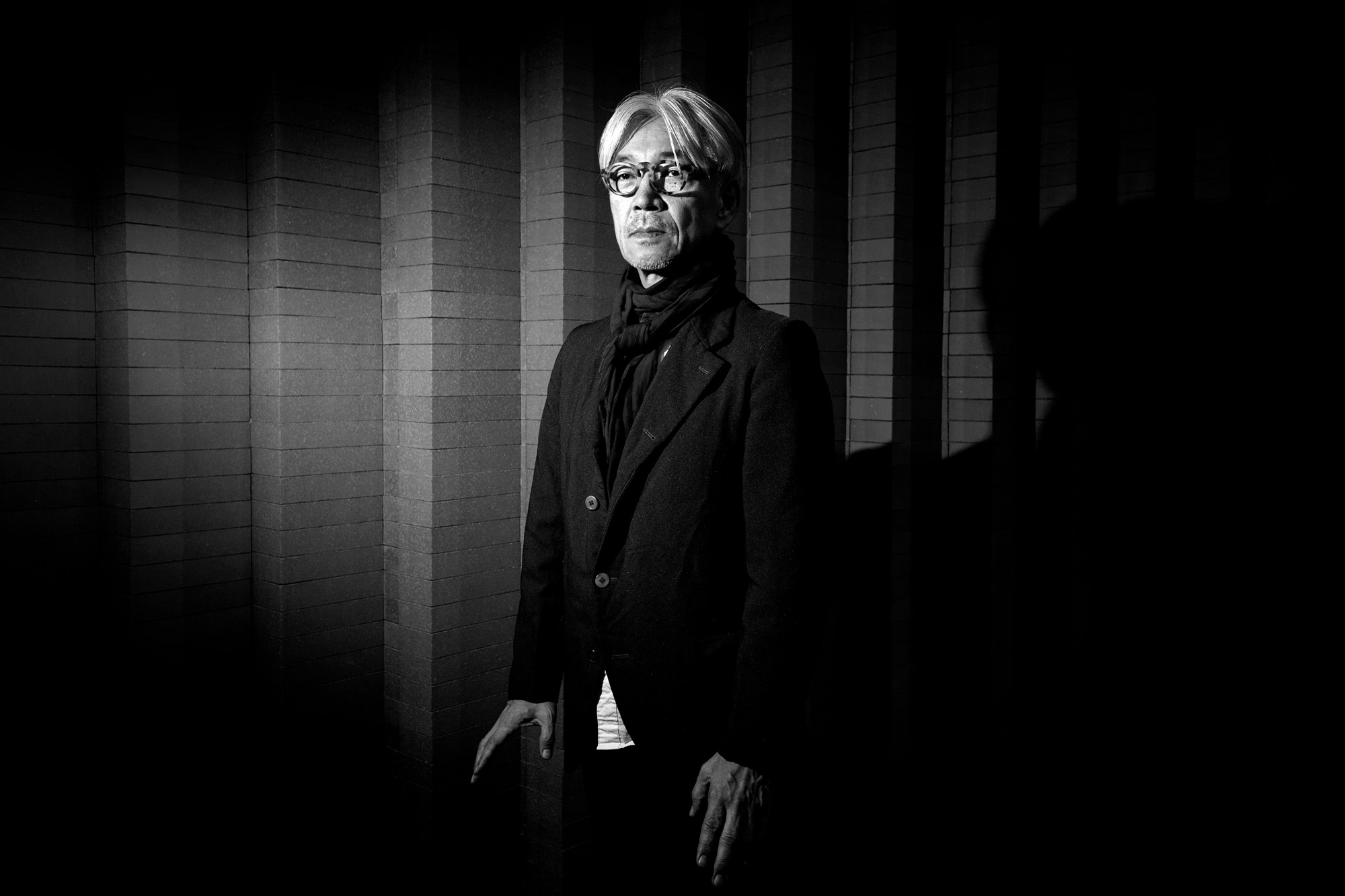
Dressed in a warm, effervescent glow, the two-storey Beaux-Arts Court of New York City’s Brooklyn Museum played host to the world premiere of ‘Seeing Sound, Hearing Krug’, a sensory collaboration between acclaimed Japanese composer, musician and actor Ryuichi Sakamoto and the historic champagne house. A hundred guests sat in two triangular formations, flanked by a live orchestra of 36 musicians on one side, and a pianist and the concertmaster before a shifting digital backdrop on the other. A perimeter of slender light columns encapsulated the entire synesthetic playground.
Set to a cascade of triangles, guests were served their first pour of Krug, and Sakamoto’s three-movement symphony, Suite for Krug in 2008, commenced. Each ten-minute segment was paired with the Krug champagne that inspired it, as well as precise 3D sound design and responsive lighting. The effect was one of sensorial immersion – Sakamoto’s melody enhanced the champagne’s flavour and texture, sound and taste harmonising to emotive effect.
Watch Ryuichi Sakamoto's ‘Seeing Sound, Hearing Krug’ performance at the Brooklyn Museum
‘I like the concept of making the impalpable tangible,’ says the composer. ‘It is well said that we are touched by music. I deeply believe in the sensory power of music, which provokes emotions in us.’
Sakamoto is the latest in a prestigious line of partners for the Krug Echoes series, wherein the champagne house tasks musicians, composers and sound artists with interpreting the sensations of its champagne. ‘Seeing Sound, Hearing Krug’ was the culmination of Sakamoto’s immersion in the brand, which began in 2019. For inspiration, the visionary composer looked to the 2008 harvest, which followed a particularly lush growing season. A self-proclaimed collector of sounds, Sakamoto sent members of his team to Reims to record soundscapes from Krug’s vineyards and cellars. He himself worked closely with Krug’s cellar master, Julie Cavil.
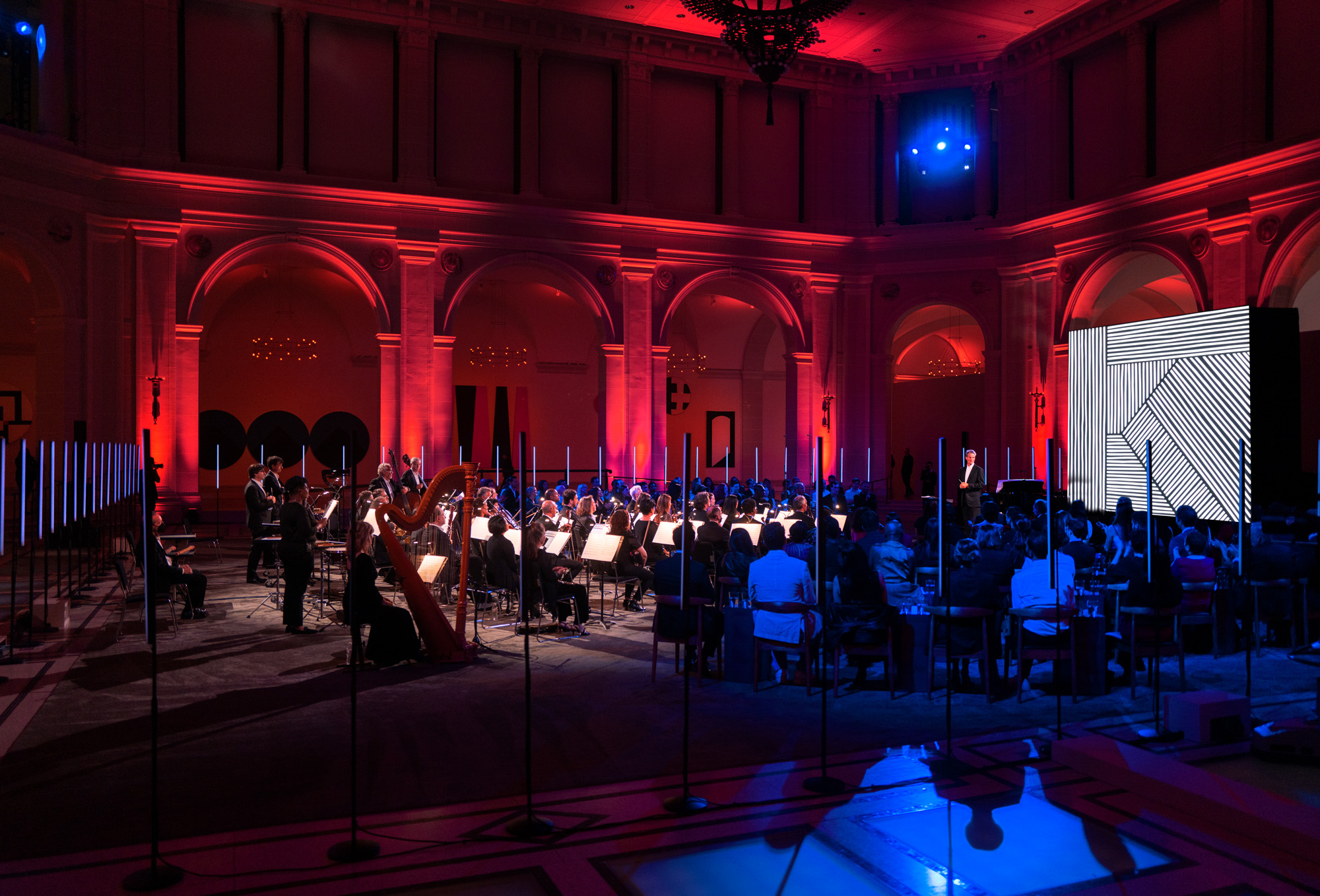
Sakamoto’s ‘Seeing Sound, Hearing Krug’, at the Brooklyn Museum in New York on 20 September 2022, was designed as a synesthetic experience, complete with live orchestra, responsive lighting and champagne pairing
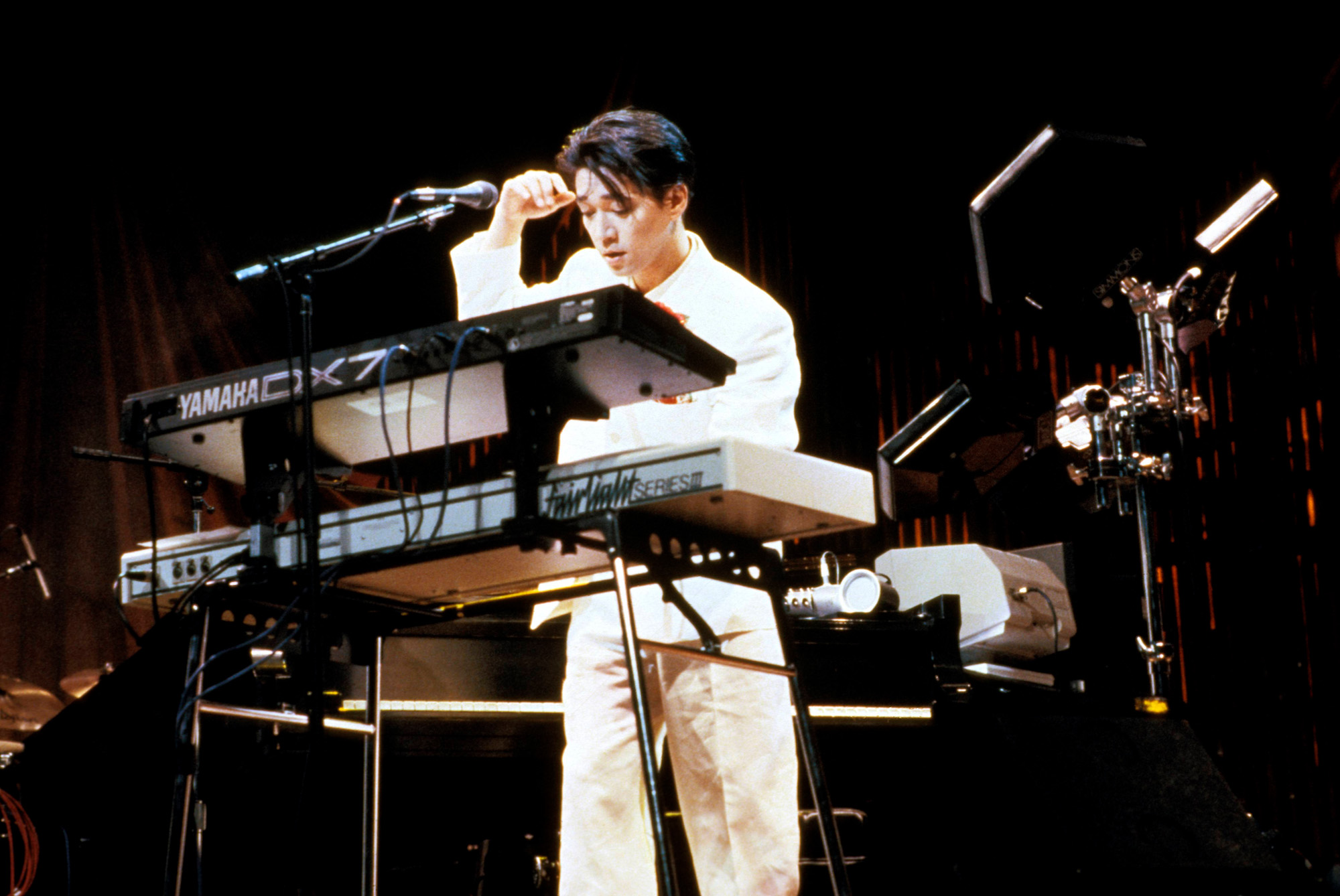
Sakamoto performing at the Beacon Theatre in New York City in June 1988
Cavil recalls, ‘throughout the 18 months of conversing, connecting, exchanging ideas and sensations, Ryuichi Sakamoto and I dove into each other’s respective crafts as he composed this symphony in three movements for three Krug champagnes, an endeavour made possible thanks to the universal language of music.’ The 2008 harvest has thus far produced three distinct releases, which inspired the three movements of Sakamoto’s symphonic interpretation, ranging from a solo to a full orchestral performance. When performed alongside each liquid muse in Brooklyn, the music took on new meaning – and so did the champagne.
‘It was a powerful experience to see and to feel the emotion and energy generated by both orchestra and audience,’ says Cavil. Composer, cross-genre pianist and previous Krug Echoes collaborator Chloe Flower was also in attendance. ‘It’s like every performance from the beginning of Sakamoto’s career to now has more layers and more growth,’ she says. ‘And the same goes for his collaboration with Krug. I could feel his love in the music and how every note came just as much from his heart as it did his mind.’ Flower, who is Korean-American, says Sakamoto inspired her to become a composer: ‘Everyone knows and loves [the 1983 composition] Merry Christmas, Mr Lawrence. His work has crossed all barriers, and continues to inspire Asian composers around the world.’ Sakamoto’s score for the film – which he also stars in, alongside David Bowie – earned him a BAFTA for Best Film Score. It’s one of many highlights in a sprawling filmic career that includes The Revenant and The Last Emperor. The latter, which also featured tracks by David Byrne and Cong Su, won Sakamoto the Academy Award for Best Original Score, the Golden Globe Award for Best Original Score, and Grammy Award for Best Score Soundtrack Album for a Motion Picture.
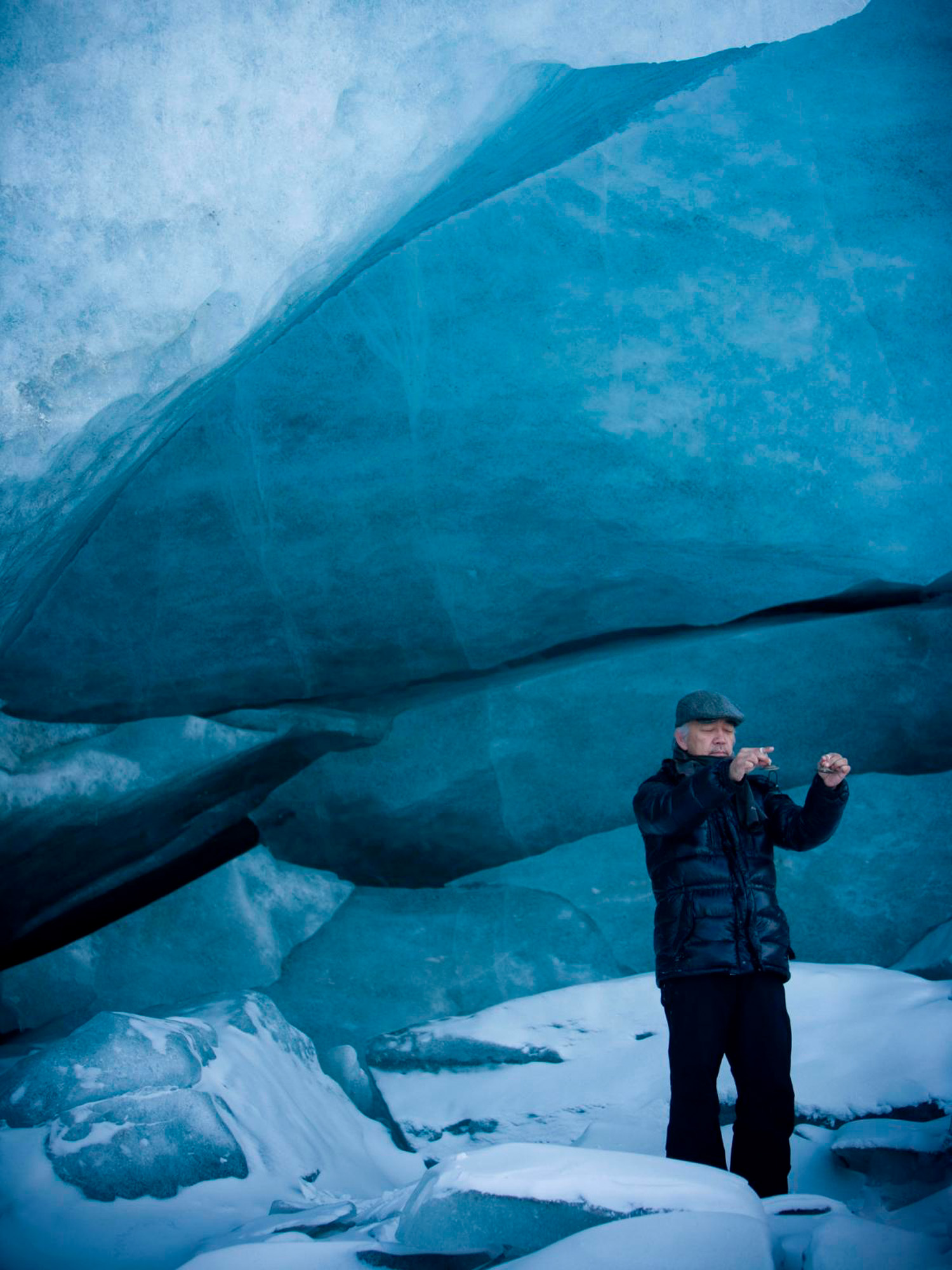
Sakamoto makes a recording at the Sermeq Avangnardleq glacier during the 2008 Disko Bay expedition for Cape Farewell, an artist-led initiative on climate change
Renowned composer Alan Menken, known for his Broadway musicals and Disney films, was familiar with Sakamoto even before listening to his work in a focused way. ‘I’ve been really intrigued and impressed with Sakamoto’s compositions and film scores for quite a while,’ Menken says. ‘In many ways, he defies categorisation because he embraces so many different genres. He is a master at introducing compelling musical motifs and developing them in powerful and original ways; always keeping the listener engaged both emotionally and intellectually. One moment, there’s impressionism; next, there’s rock, jazz, classical or new-age meditative elements. He blends tonal and atonal, symphonic and electronic, Western and Eastern seamlessly. He’s a brilliant chameleon whose work is always soulful and spiritual at the same time.’
Receive our daily digest of inspiration, escapism and design stories from around the world direct to your inbox.
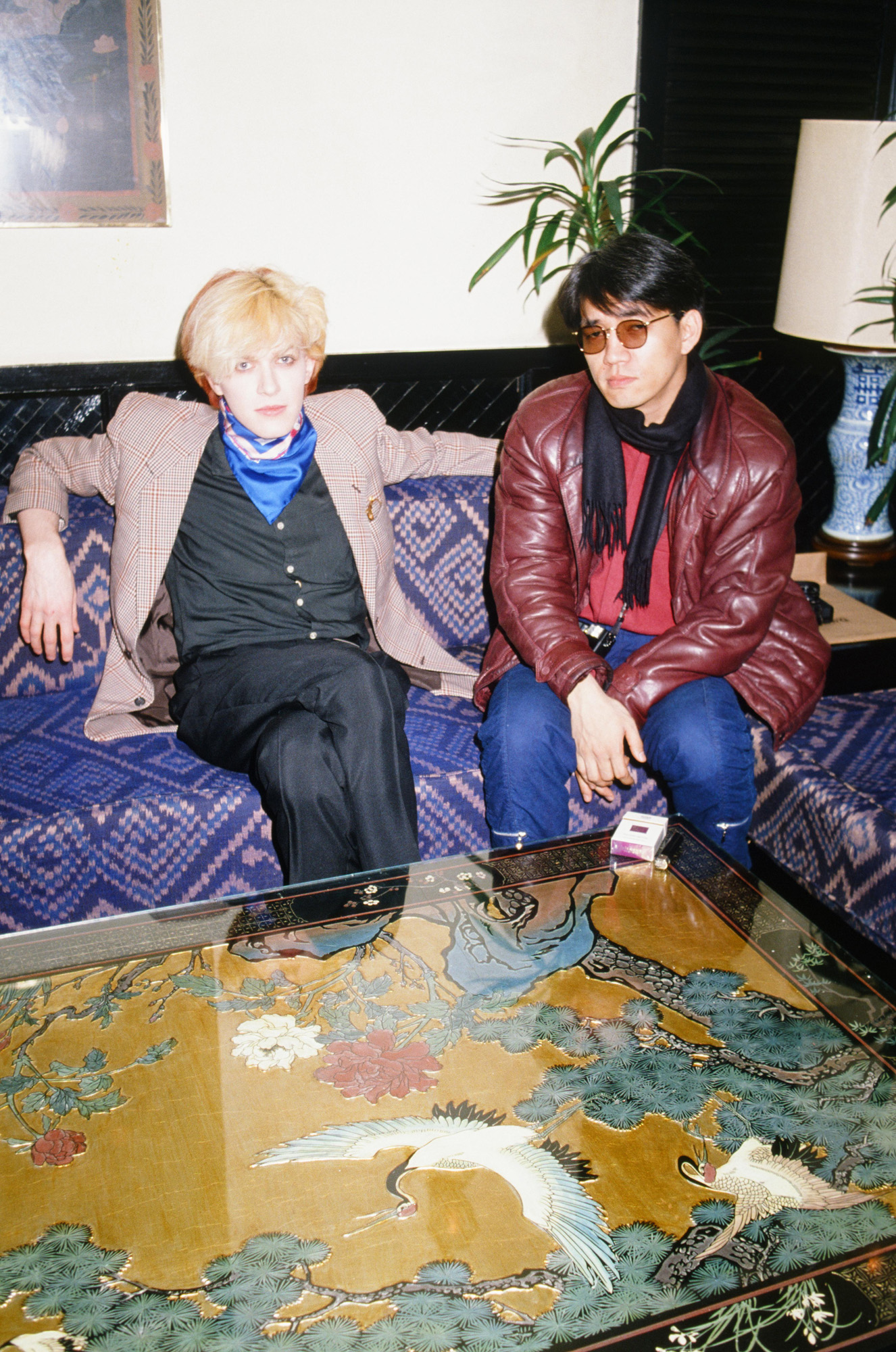
Sakamoto and David Sylvian, frontman of the British band Japan, interviewed at a hotel in Tokyo in February 1981
‘His music is beautiful and it reaches people in a way that moves them deeply,’ explains Stephen Nomura Schible, director of the 2017 documentary Ryuichi Sakamoto: Coda. For his film, Schible spent five years observing with Sakamoto. ‘I became drawn to his story as a filmmaker later in life because the Ryuichi I first became a fan of in the early 1980s was seen as a symbol of techno-pop through his work with the band Yellow Magic Orchestra. He was a kind of pop icon representing the wonders that modern technology can bring to music.’
Sakamoto’s style, mission and vision has transformed time and again. As part of his exploration of music, he has also partnered with artists on various sound installations. Most notably, in 2021, Sakamoto exhibited eight large-scale sculptural works at Beijing’s M Woods Museum, devised in collaboration with artists including Shiro Takatani and Daito Manabe, to present music in ways not yet experienced. It was a milestone on his multisensory path.
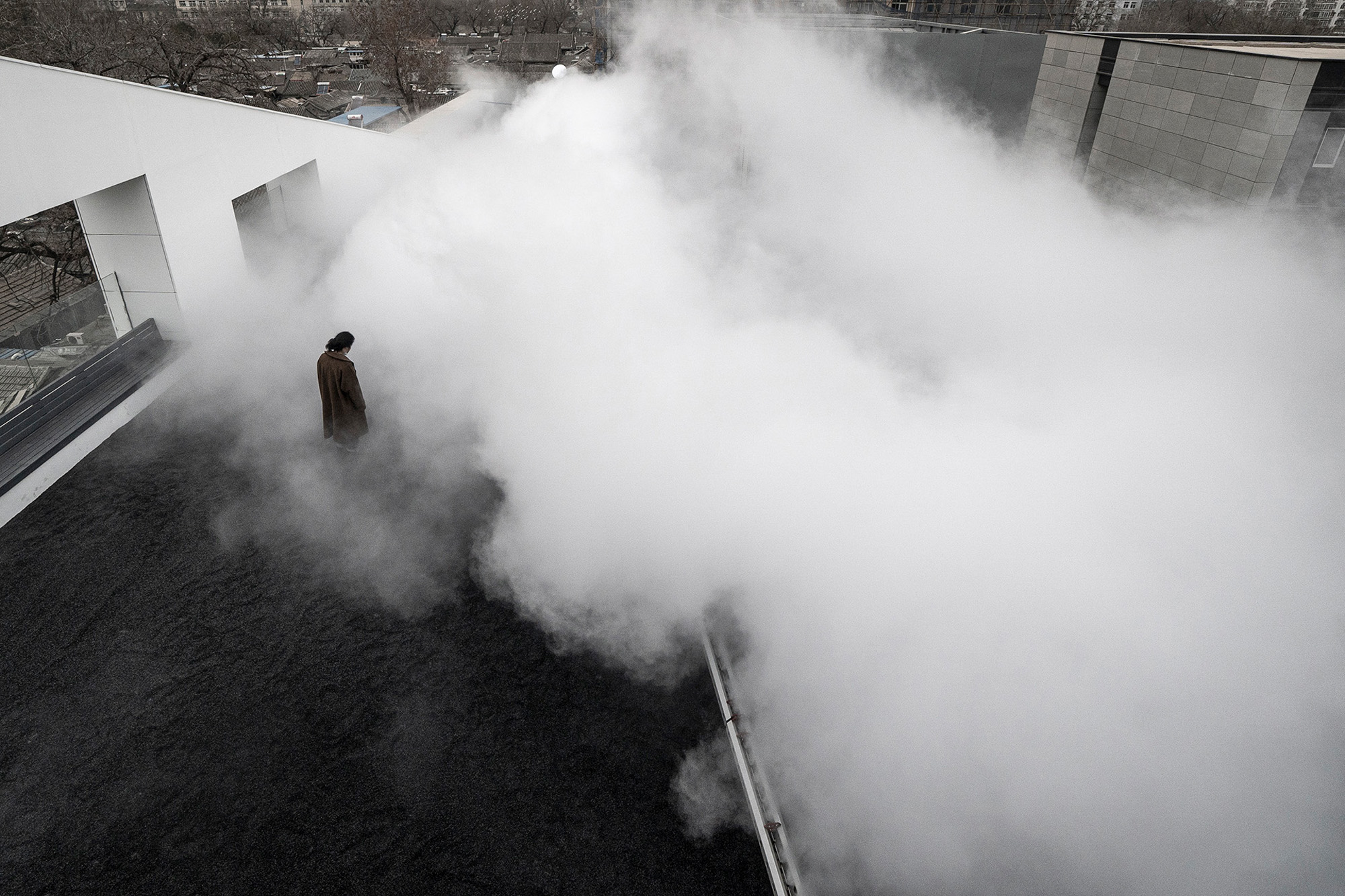
Sakamoto worked with Shiro Takatani on LIFE-WELL, an installation presented as part of his 2021 survey show ‘Seeing Sound, Hearing Time’ at Beijing’s M Woods Museum
Sakamoto has long drawn inspiration from the environment. ‘When I started to work with Ryuichi in person, I learned that he has an intuitive side to him that works at a more instinctual level,’ Schible says. ‘Perhaps this inner sense also told him that there’s a brewing cause for alarm concerning the environment.’ Not only has Sakamoto been a devout advocate for climate awareness, he’s also been able to translate his activism into art. A 2008 voyage to Greenland’s Disko Bay, part of the action-oriented, artist-led
Cape Farewell project, allowed him to capture hours of Arctic Sea field records, which he then wove into an experimental album, Out of Noise, in 2009.
‘I recall shooting with him at his home studio as he was playing sounds at a granular level with his computer,’ Schible continues. ‘He would take the recorded sound of a bell, for example, and break it down at a microcosmic level – almost like a scientist would analyse sound waves. Then he would play with the fragment of the sound and play it backwards, or extend a sound to give it a long refrain. He is knowledgeable in many fields at the level of a scientist or a scholar, though he can also be playful like a child with a sense of wonder as he creates his art.’
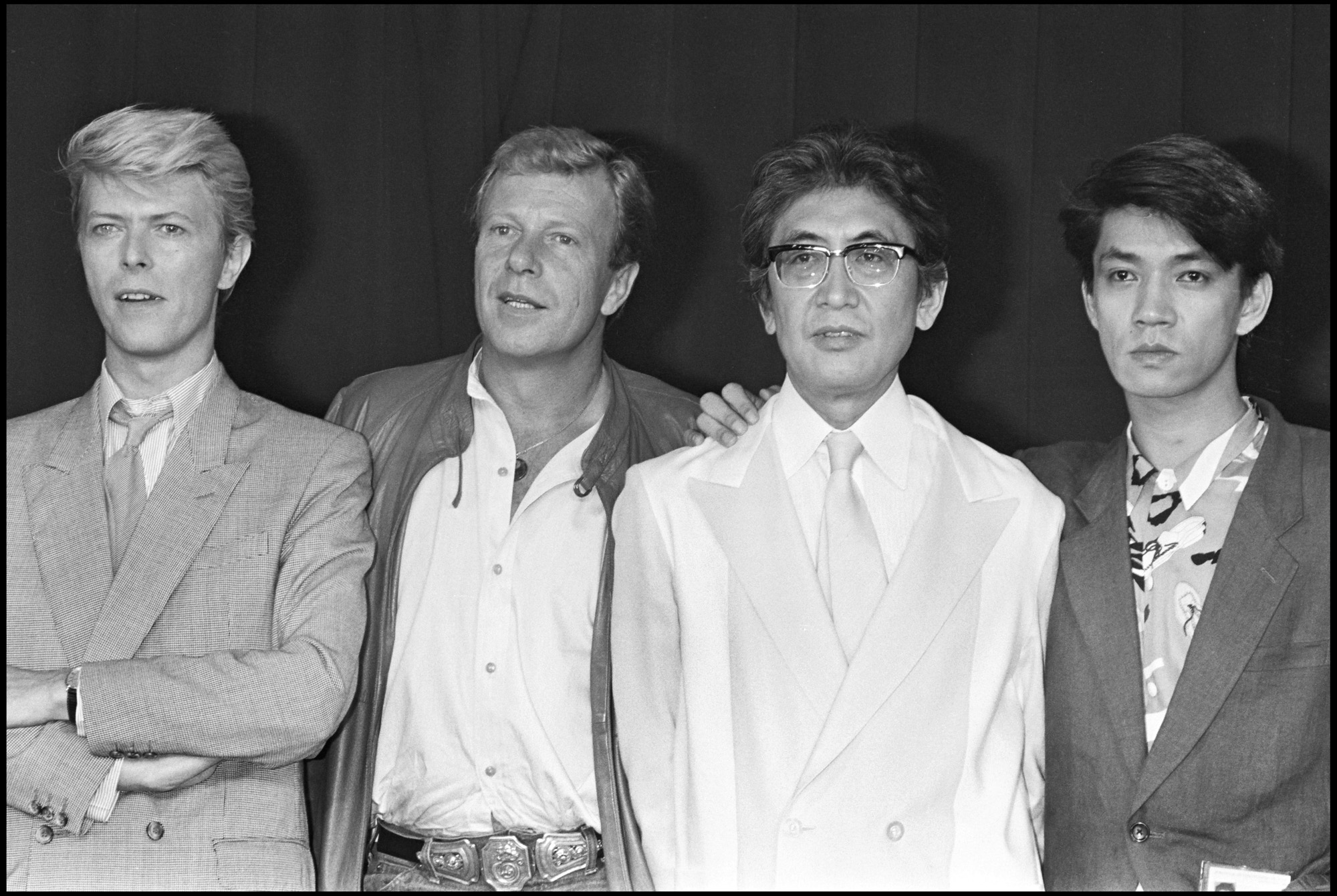
David Bowie, Jack Thompson, Nagisa Oshima and Sakamoto present Merry Christmas, Mr Lawrence [Furyo] at the 1983 International Cannes Film Festival
Sakamoto has long blurred the boundaries between senses – and collaboration and interpretation have been integral to his career. From their seats at ‘Seeing Sound, Hearing Krug’, audience members revelled in the harmonious sensations. Along the way, Maison Krug once again proved that sound influences the reception of flavour – and it did so with a talent uniquely qualified to pair both.
‘Ryuishi Sakamoto: Playing the Piano 2022’ will be livestreamed on 11 December by Music/Slash, musicslash.jp, sitesakamoto.com, krug.com
A version of this article appears in the December 2022 issue of Wallpaper*, available in print, on the Wallpaper* app on Apple iOS, and to subscribers of Apple News +. Subscribe to Wallpaper* today!
-
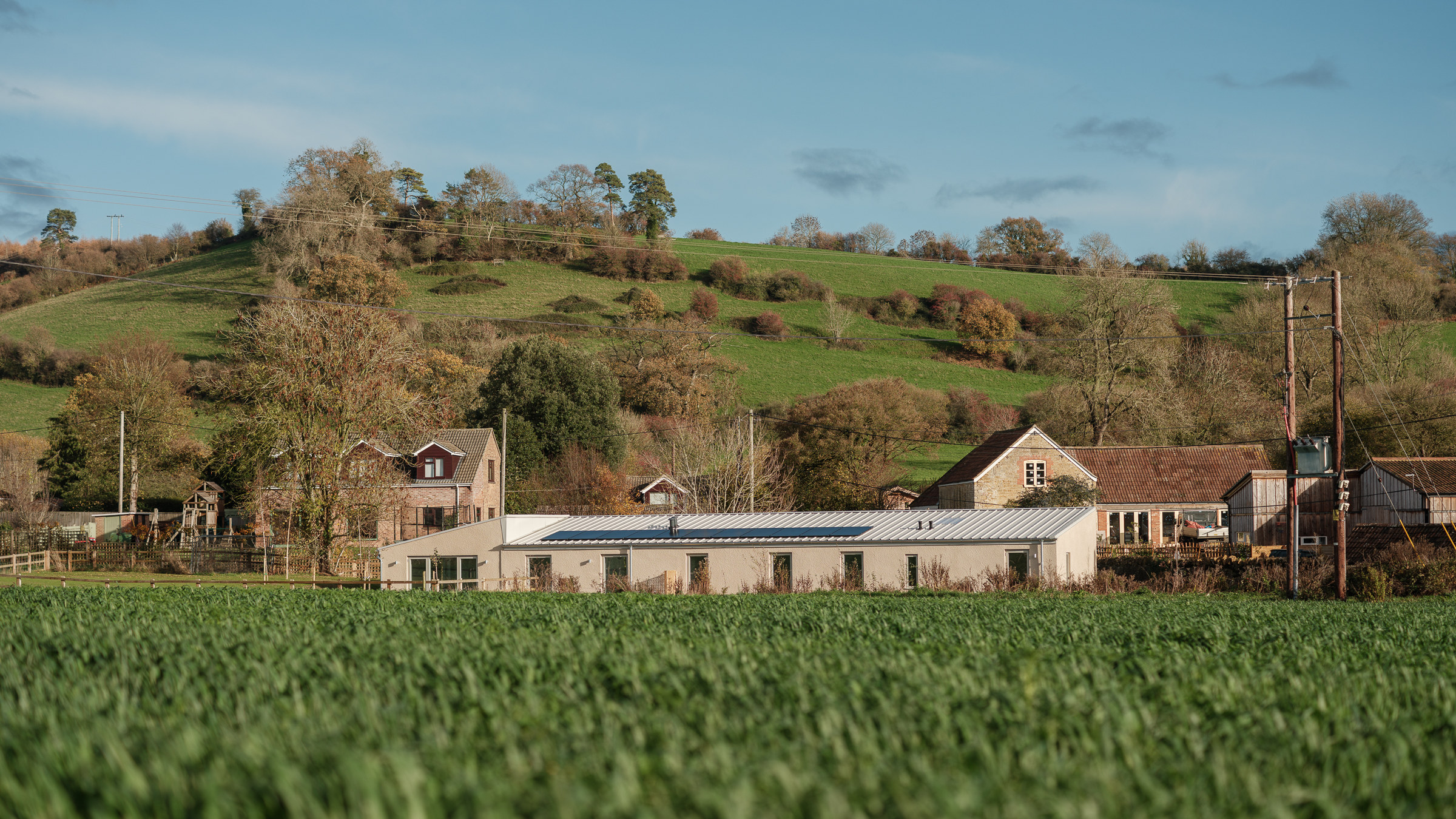 A former agricultural building is transformed into a minimal rural home by Bindloss Dawes
A former agricultural building is transformed into a minimal rural home by Bindloss DawesZero-carbon design meets adaptive re-use in the Tractor Shed, a stripped-back house in a country village by Somerset architects Bindloss Dawes
-
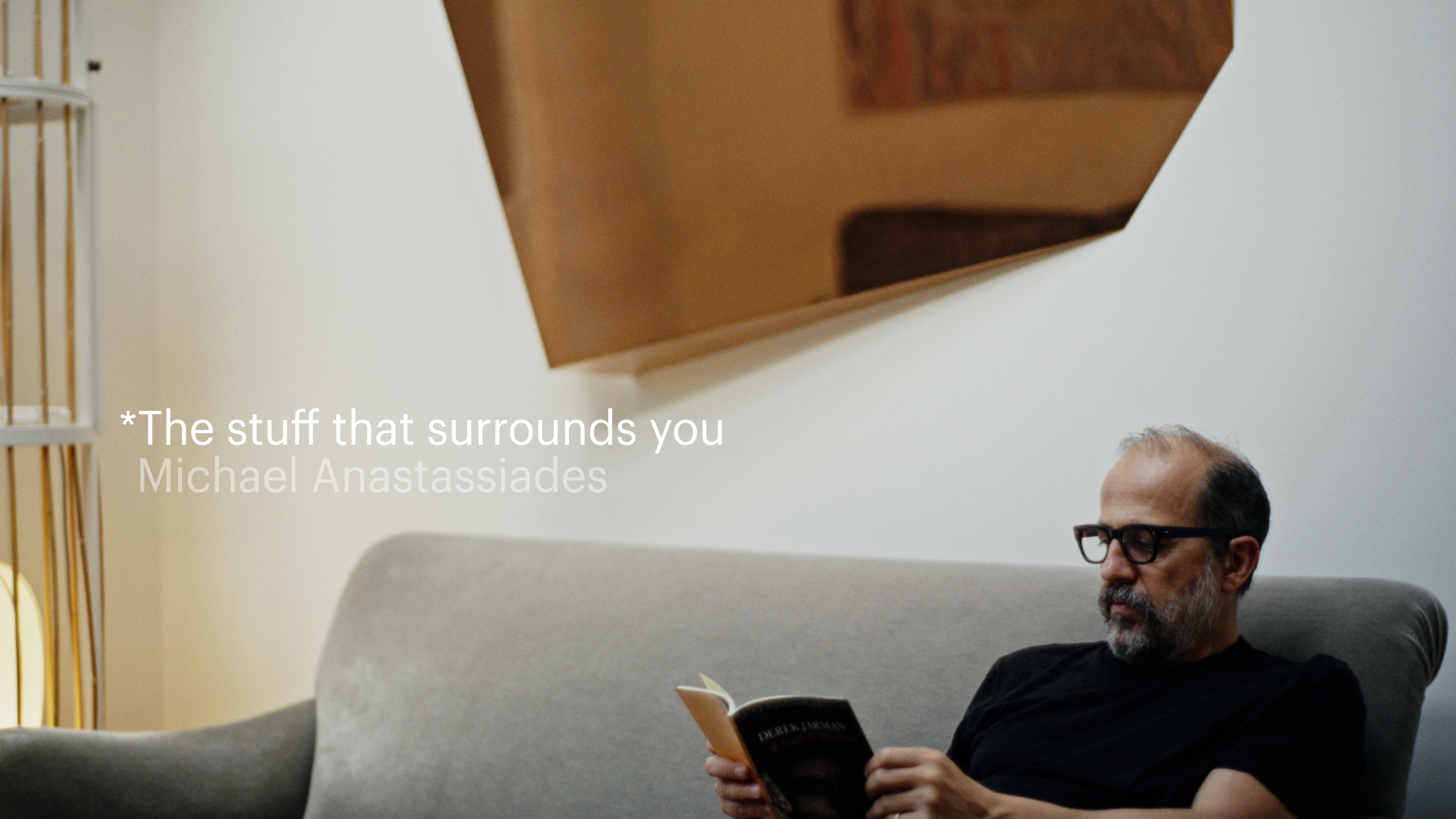 The Stuff That Surrounds You: Inside the home of designer Michael Anastassiades
The Stuff That Surrounds You: Inside the home of designer Michael AnastassiadesIn The Stuff That Surrounds You, Wallpaper* explores a life through objects. In this episode, we step inside one of the most considered homes we've ever seen, where Anastassiades test drives his own creations
-
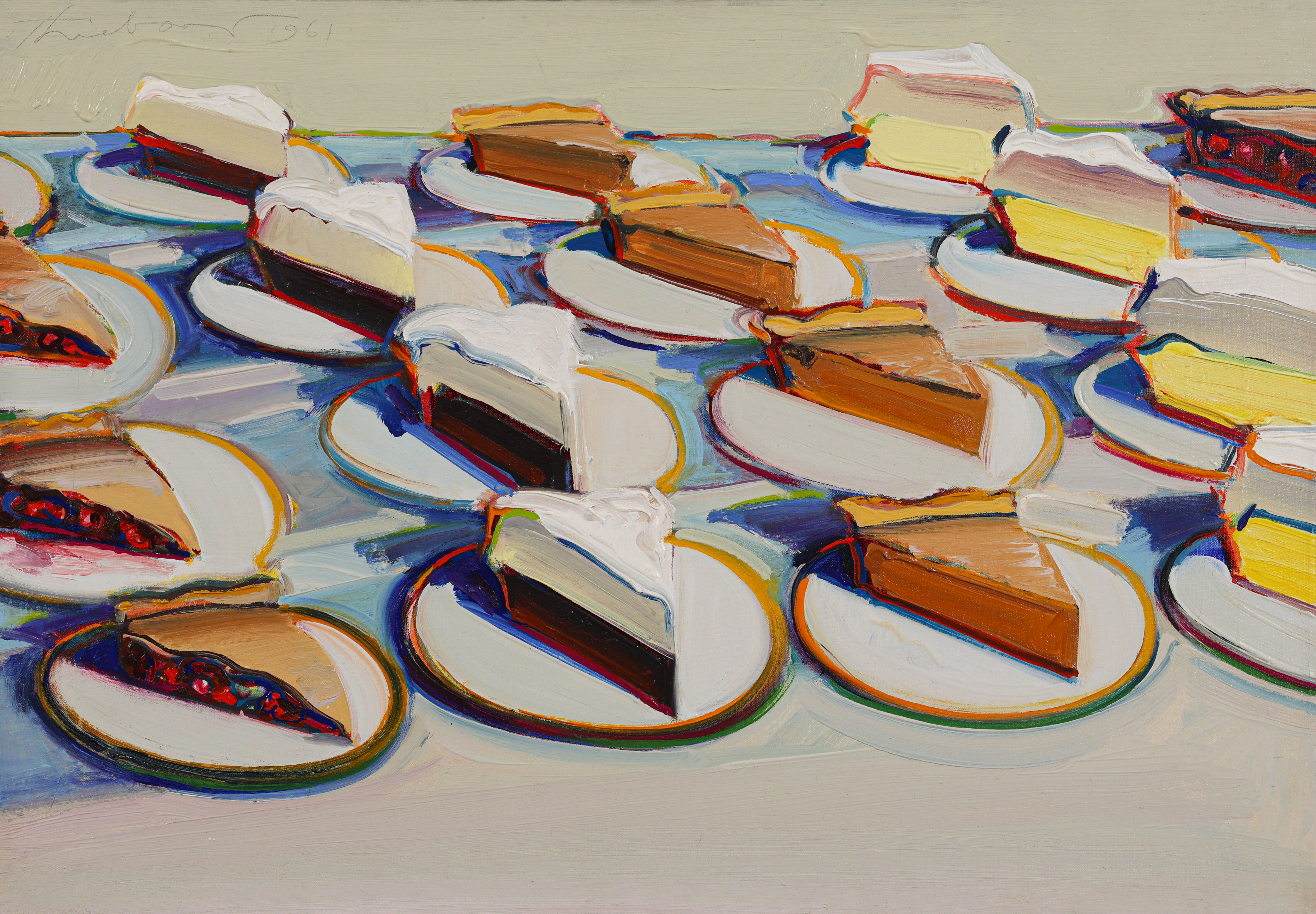 Why are Wayne Thiebaud’s paintings at the Courtauld so tempting?
Why are Wayne Thiebaud’s paintings at the Courtauld so tempting?The American artist’s thickly painted slices of cake at the Courtauld are some of our favourite artworks seen this year. What makes them so special?
-
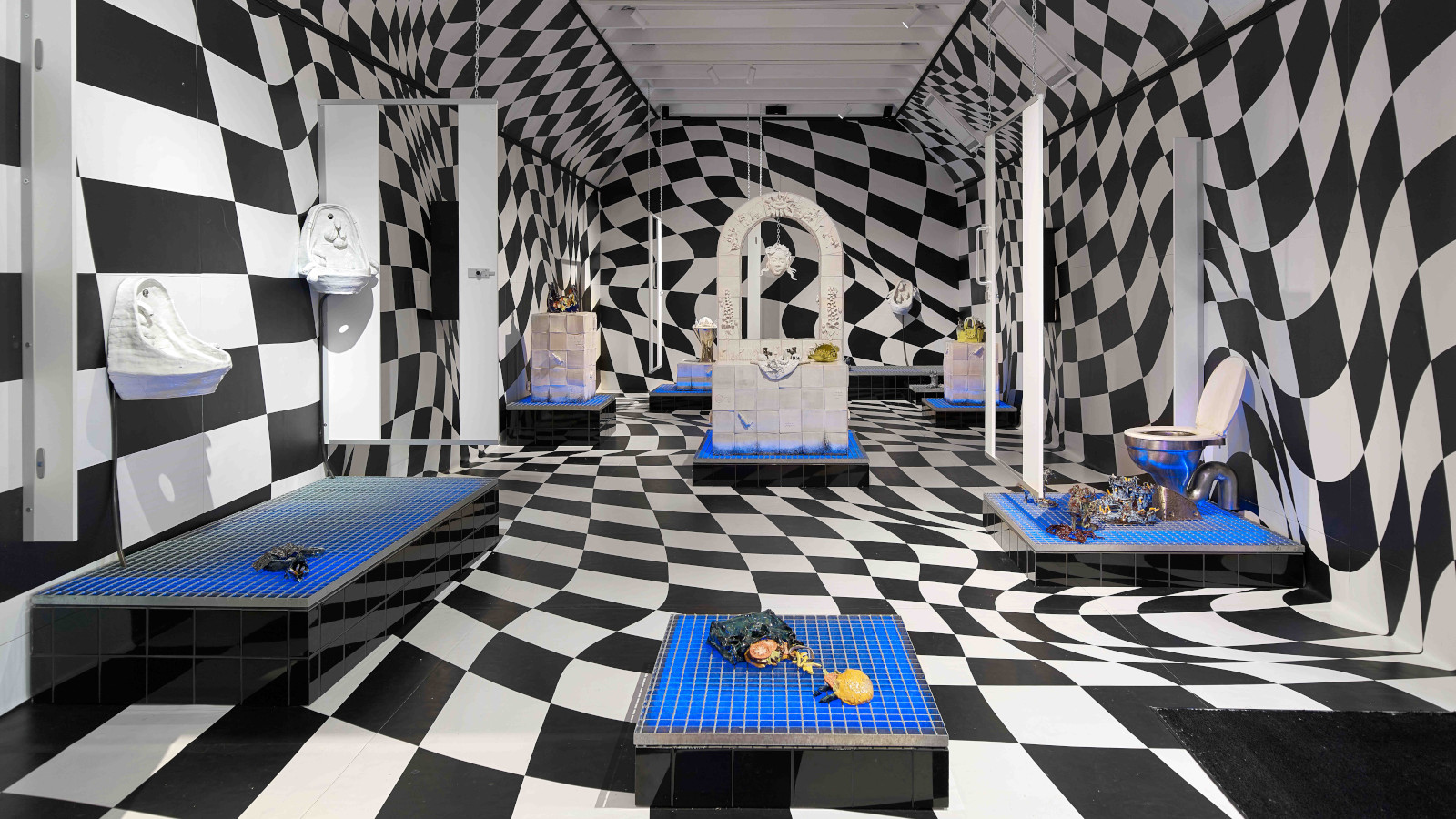 Edinburgh Art Festival 2023: from bog dancing to binge drinking
Edinburgh Art Festival 2023: from bog dancing to binge drinkingWhat to see at Edinburgh Art Festival 2023, championing women and queer artists, whether exploring Scottish bogland on film or casting hedonism in ceramic
-
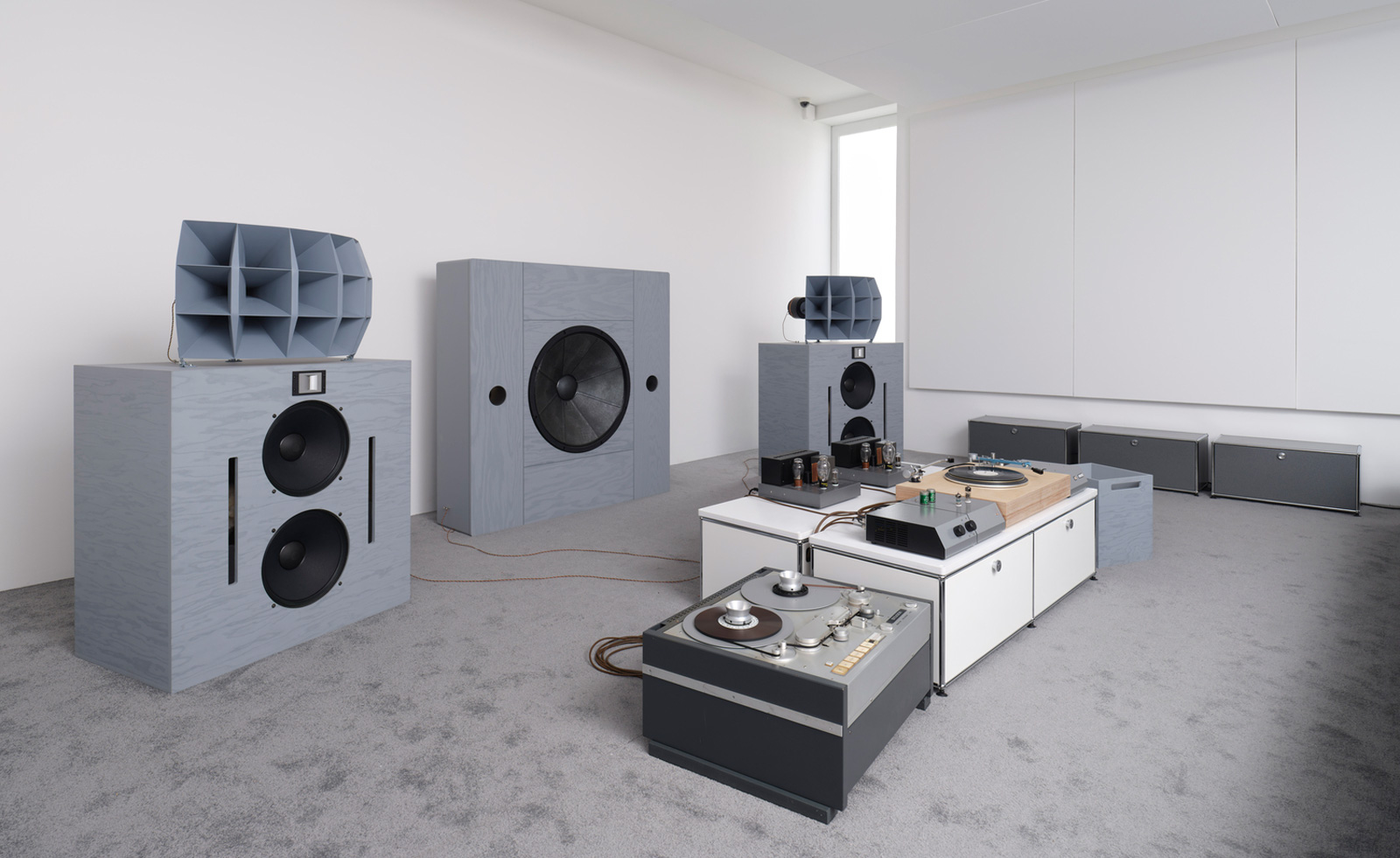 Last chance to see: Devon Turnbull’s ‘HiFi Listening Room Dream No. 1’ at Lisson Gallery, London
Last chance to see: Devon Turnbull’s ‘HiFi Listening Room Dream No. 1’ at Lisson Gallery, LondonDevon Turnbull/OJAS’ handmade sound system matches minimalist aesthetics with a profound audiophonic experience – he tells us more
-
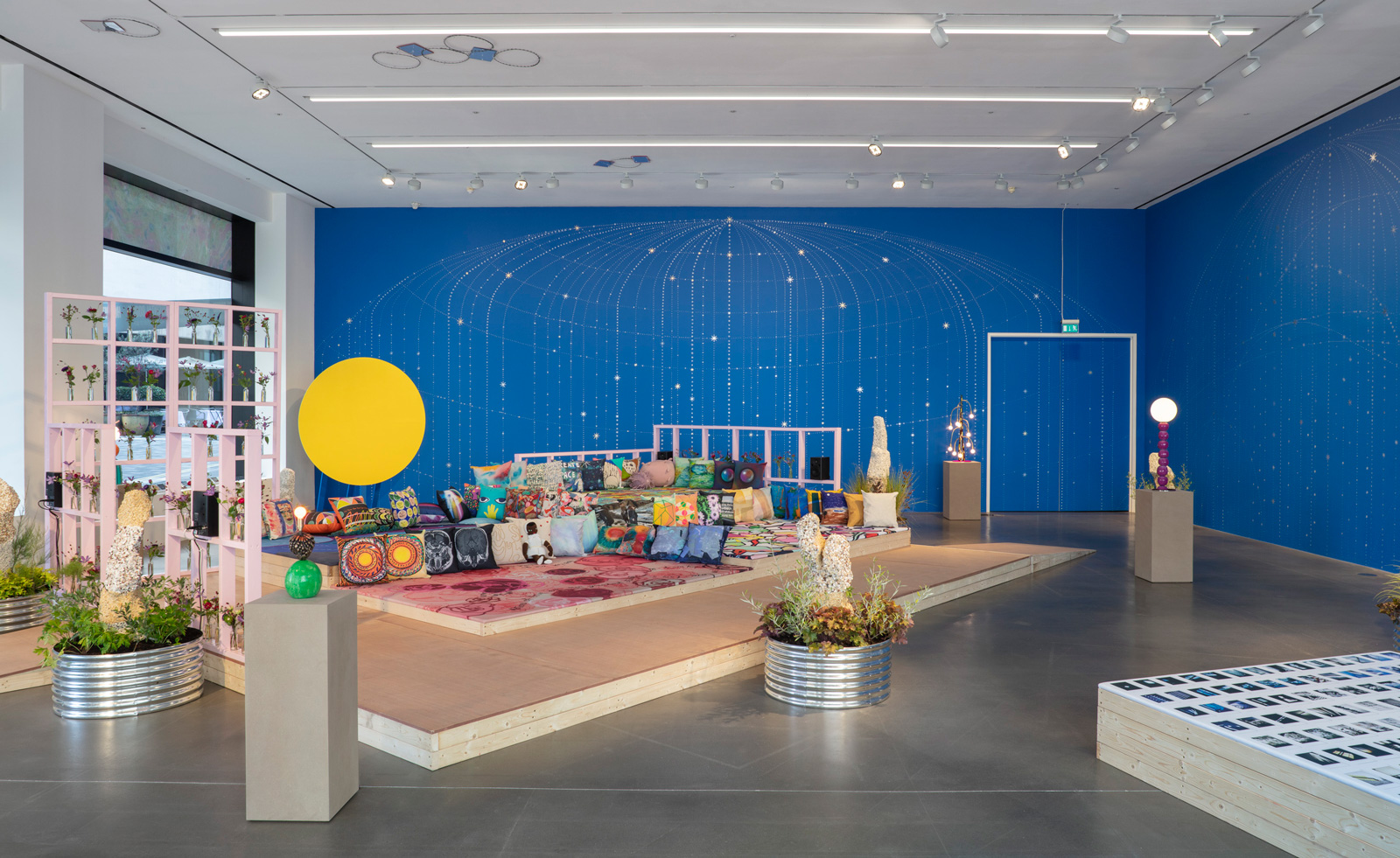 Hospital Rooms and Hauser & Wirth unite for a sensorial London exhibition and auction
Hospital Rooms and Hauser & Wirth unite for a sensorial London exhibition and auctionHospital Rooms and Hauser & Wirth are working together to raise money for arts and mental health charities
-
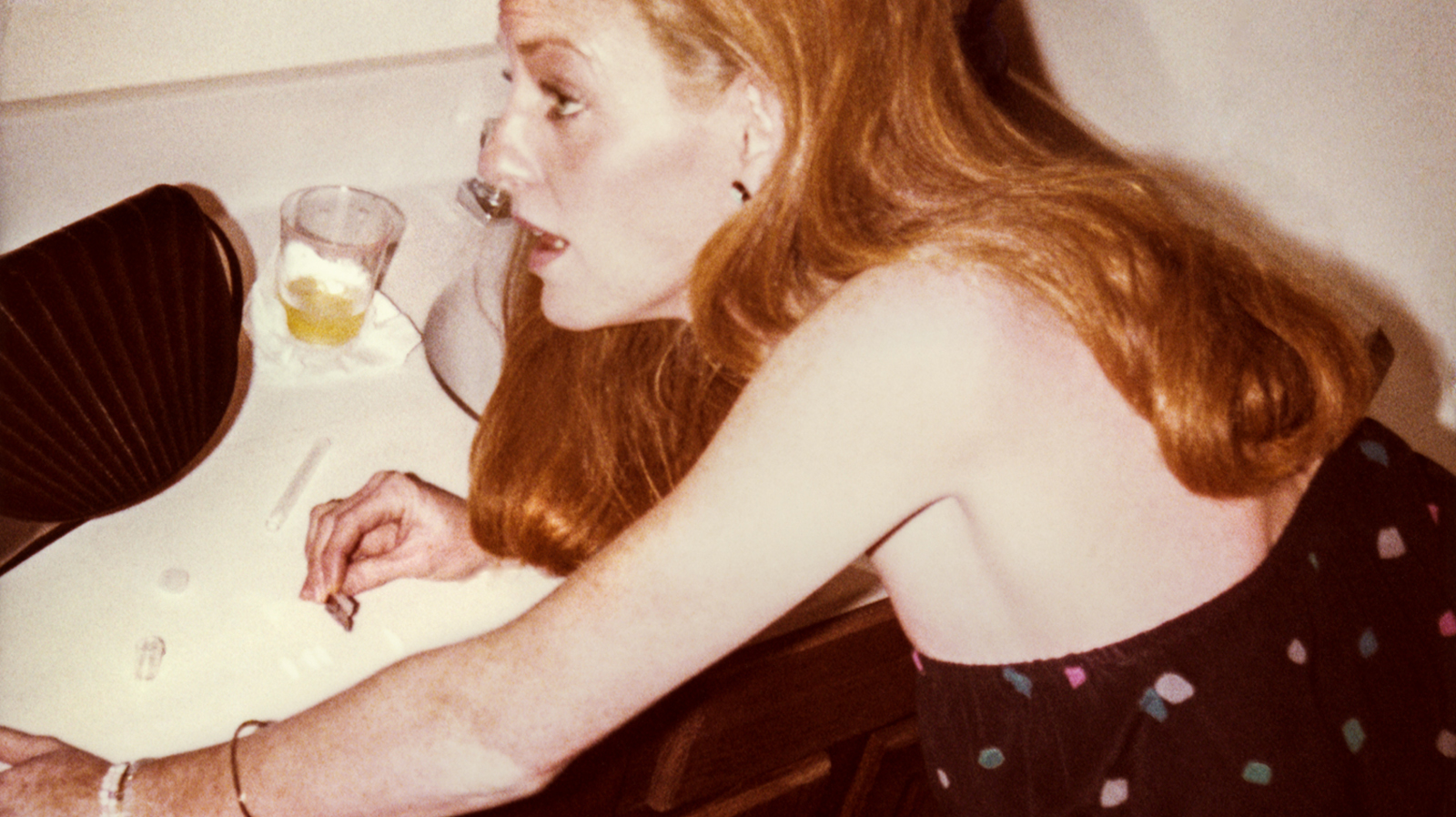 ‘These Americans’: Will Vogt documents the USA’s rich at play
‘These Americans’: Will Vogt documents the USA’s rich at playWill Vogt’s photo book ‘These Americans’ is a deep dive into a world of privilege and excess, spanning 1969 to 1996
-
 Brian Eno extends his ambient realms with these environment-altering sculptures
Brian Eno extends his ambient realms with these environment-altering sculpturesBrian Eno exhibits his new light box sculptures in London, alongside a unique speaker and iconic works by the late American light artist Dan Flavin
-
![The Bagri Foundation Commission: Asim Waqif, वेणु [Venu], 2023. Courtesy of the artist. Photo © Jo Underhill. exterior](https://cdn.mos.cms.futurecdn.net/QgFpUHisSVxoTW6BbkC6nS.jpg) Asim Waqif creates dense bamboo display at the Hayward in London
Asim Waqif creates dense bamboo display at the Hayward in LondonThe Bagri Foundation Commission, Asim Waqif’s वेणु [Venu], opens at the Hayward Gallery in London
-
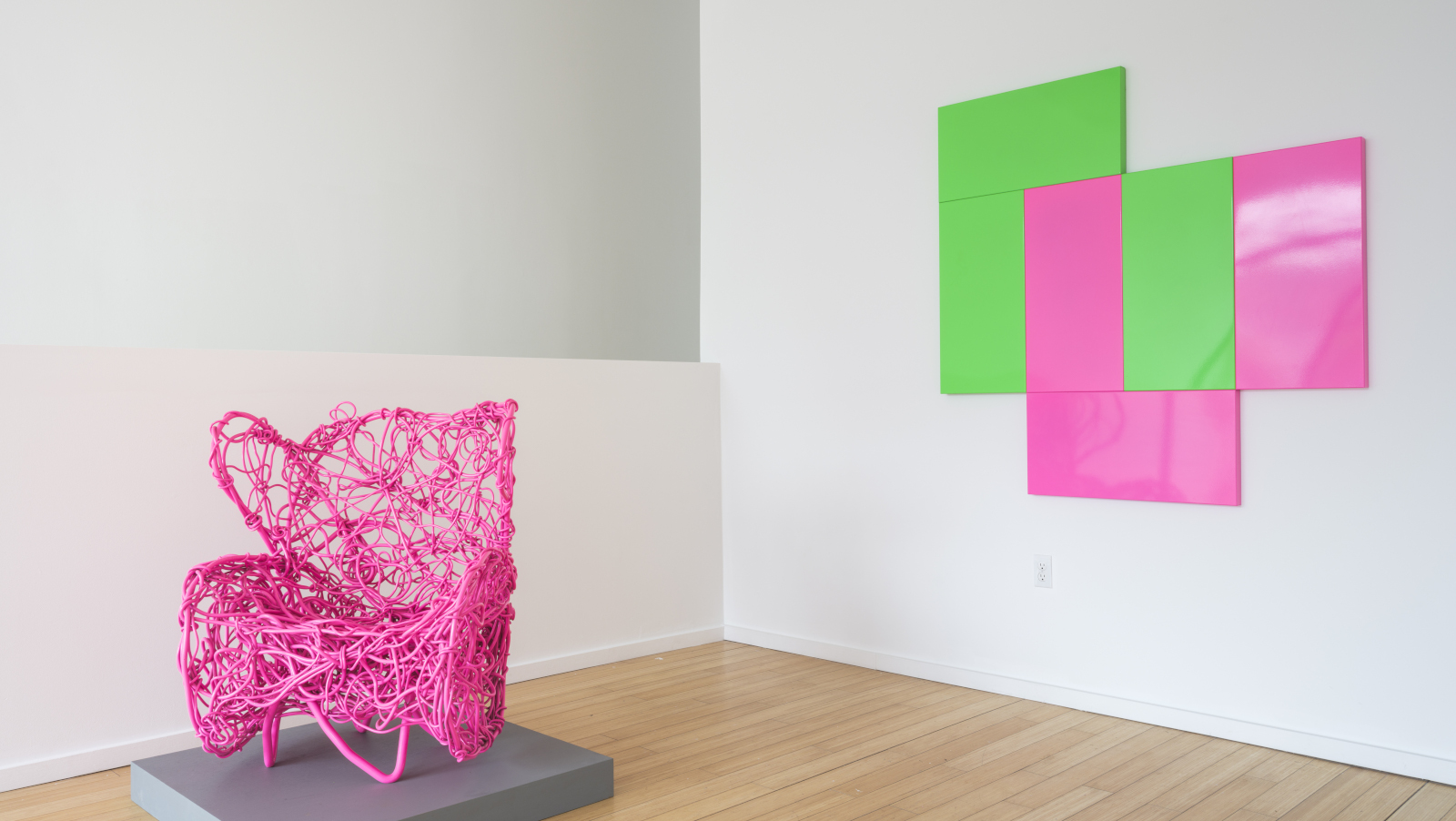 Forrest Myers is off the wall at Catskill Art Space this summer
Forrest Myers is off the wall at Catskill Art Space this summerForrest ‘Frosty’ Myers makes his mark at Catskill Art Space, NY, celebrating 50 years of his monumental Manhattan installation, The Wall
-
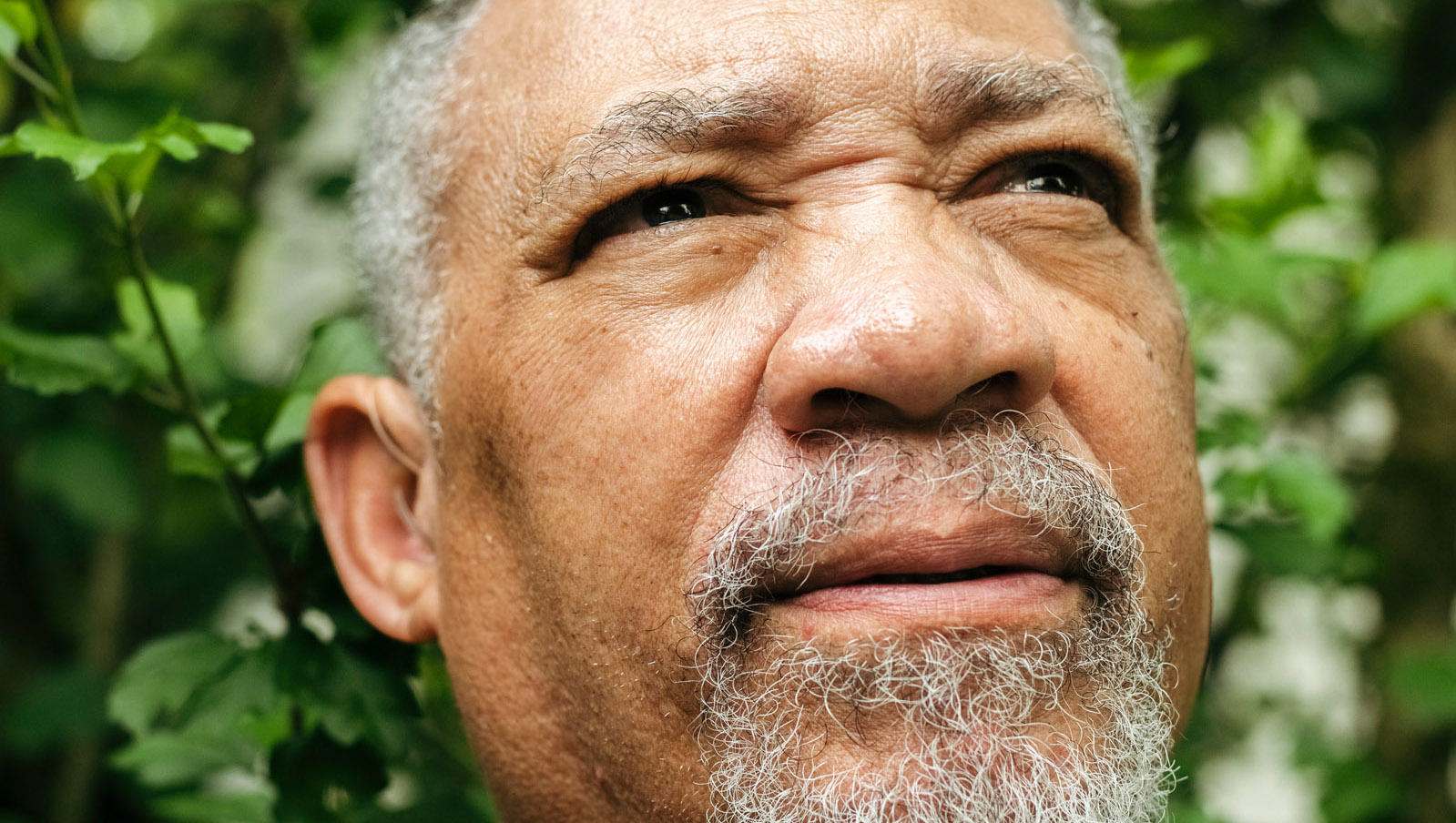 Jim McDowell, aka ‘the Black Potter’, on the fire behind his face jugs
Jim McDowell, aka ‘the Black Potter’, on the fire behind his face jugsA former coal miner, Jim McDowell defied the odds to set up his workshop and keep a historic form of American pottery alive